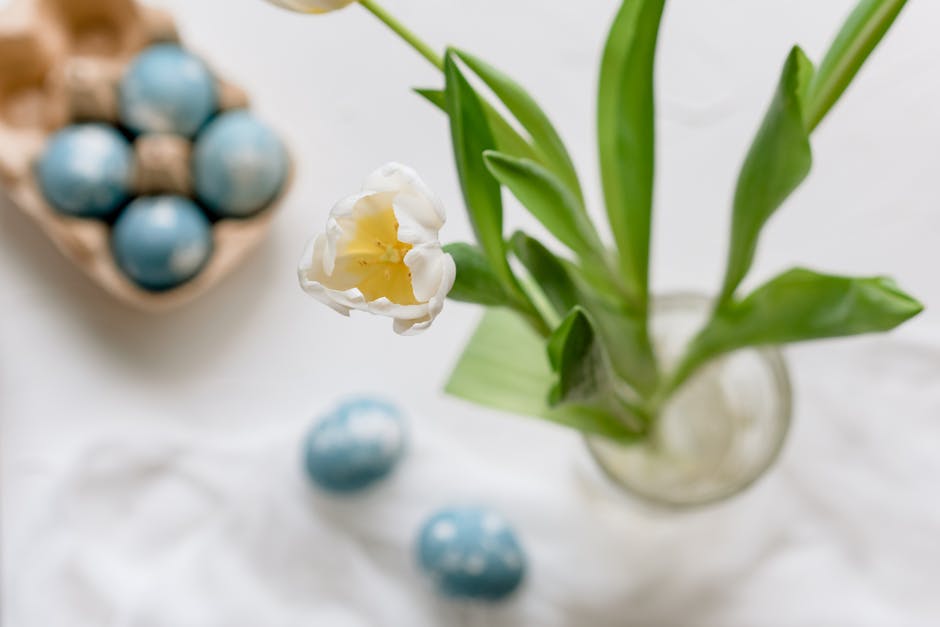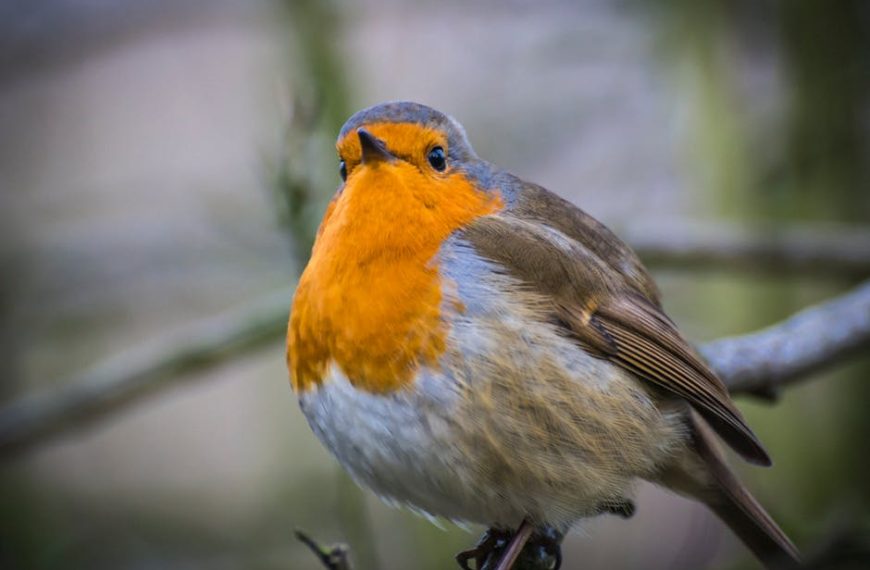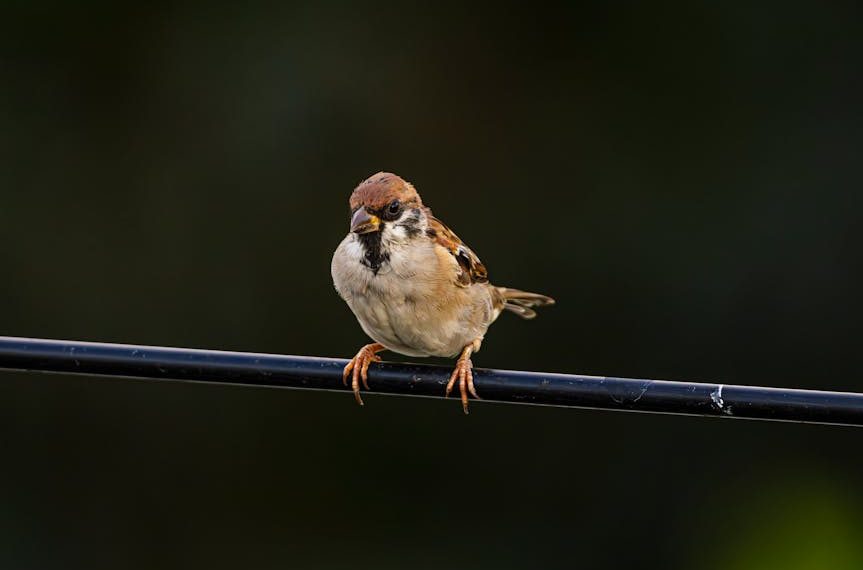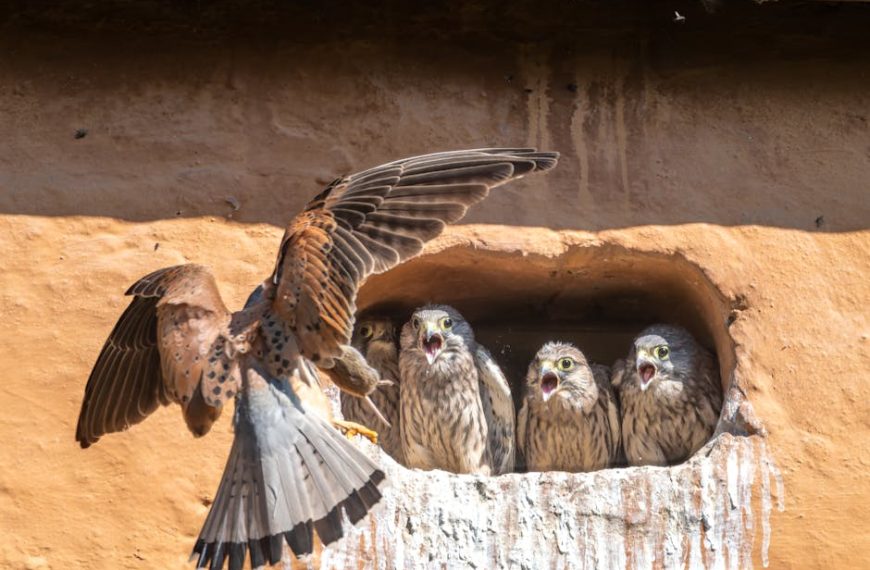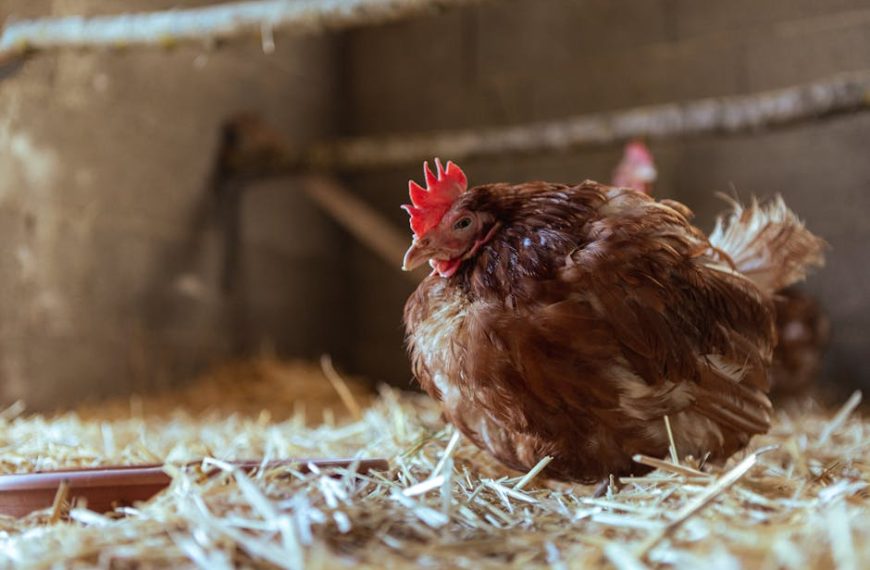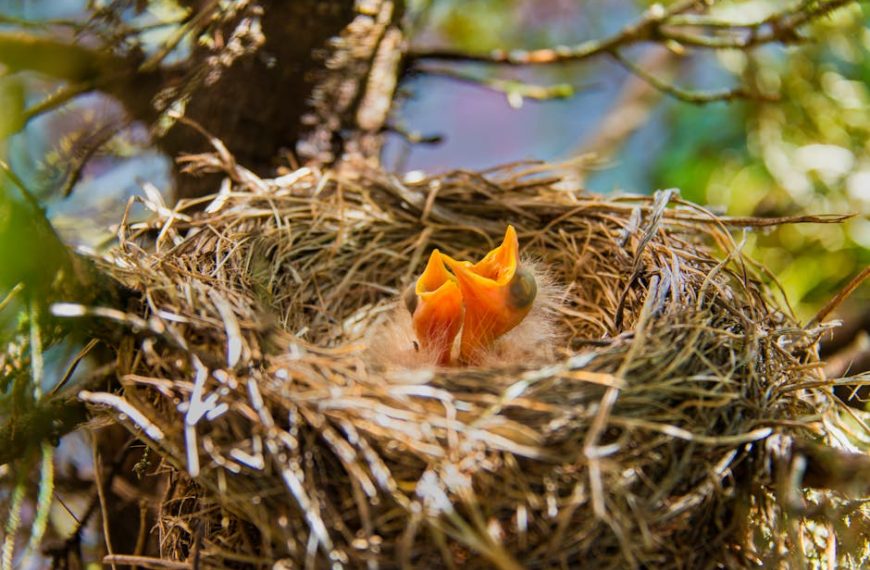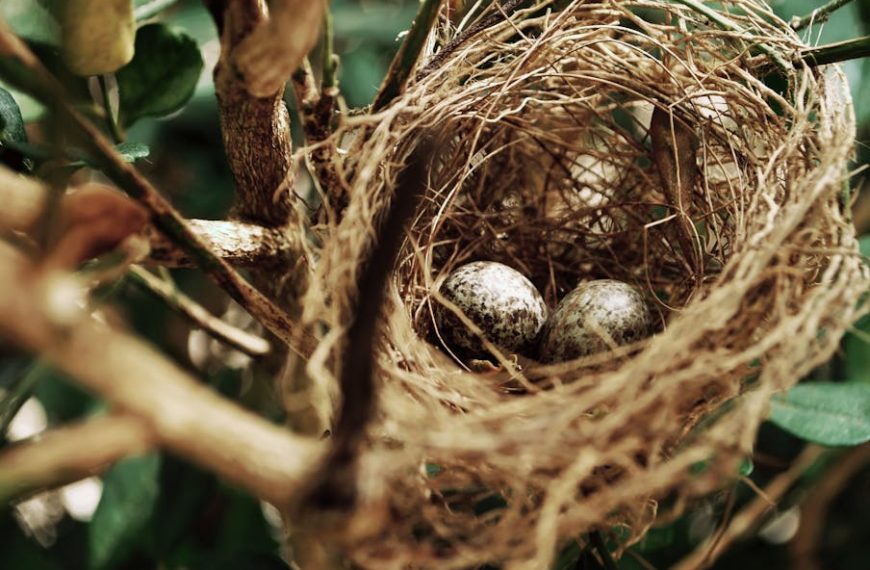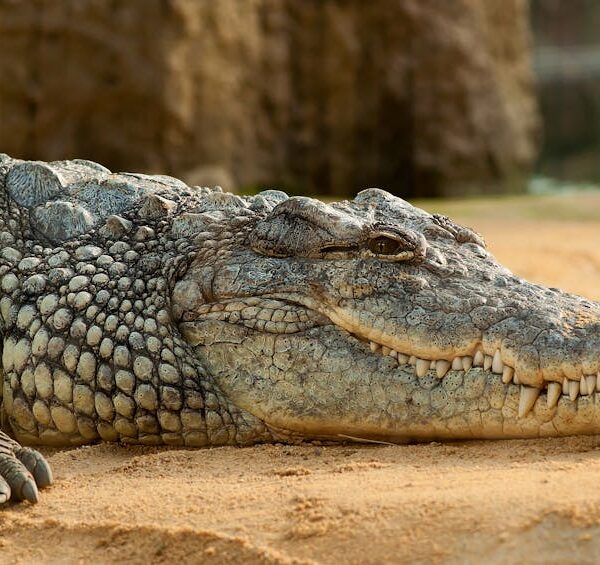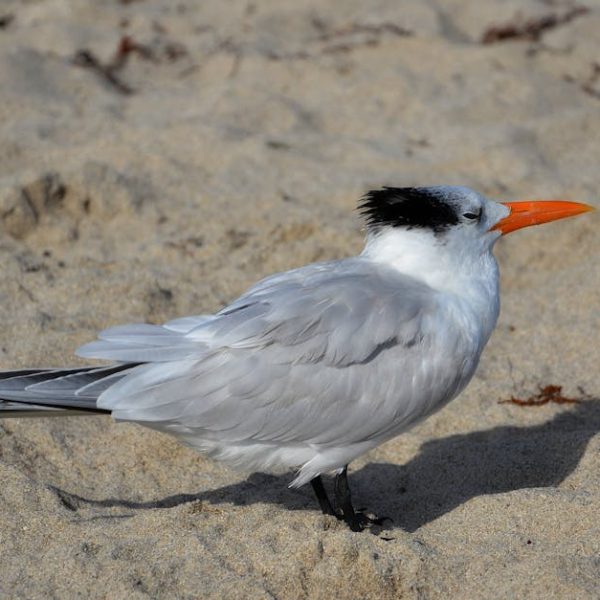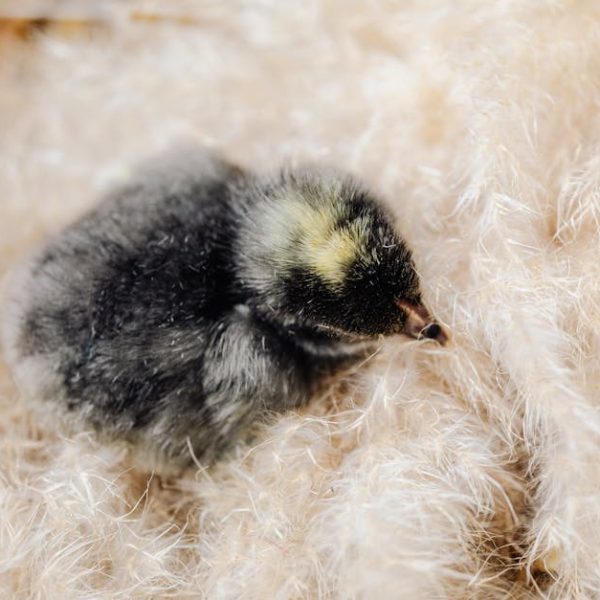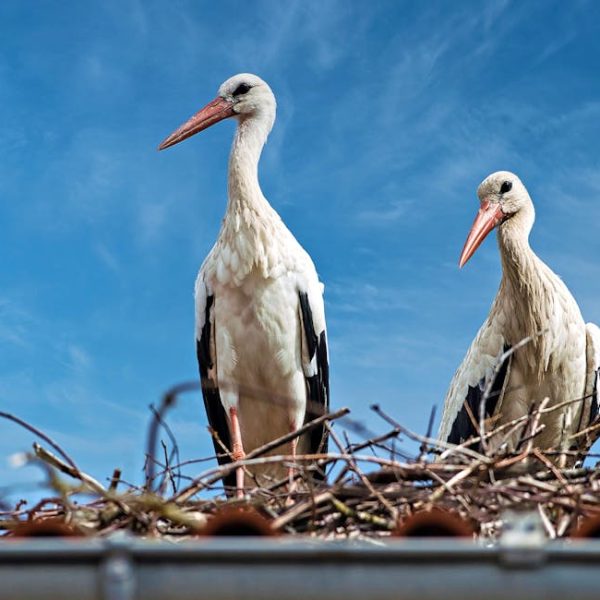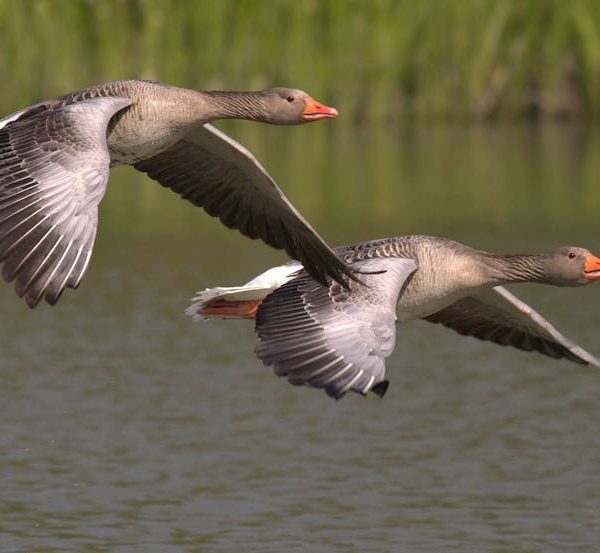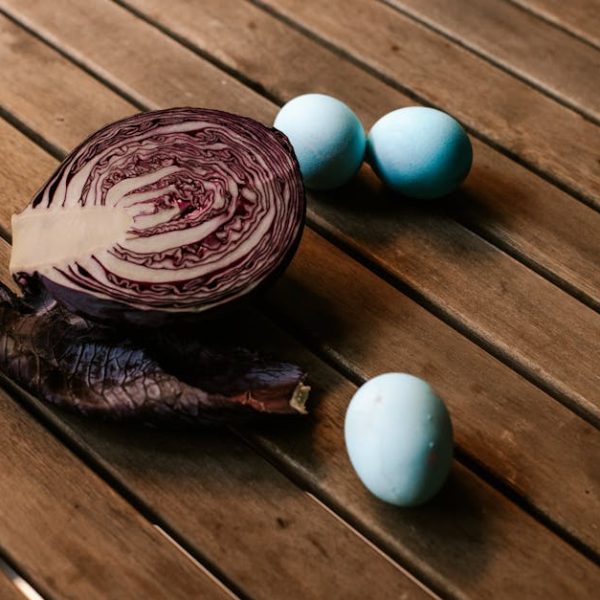In the captivating world of avian species, an intriguing array of variations takes center stage. Among these stand the birds that lay blue eggs. This peculiar coloration isn’t solely for aesthetics – it often serves practical purposes like camouflage. Pigments in the bird’s diet are a key factor contributing to this striking blue hue.
Pro-tip: If you come across a nest with blue eggs, do remember to keep a respectful distance. Appreciate their beauty from afar without disturbing the birds or their nesting site.
Here’s a convenient comparison chart to help you identify some common blue egg-laying birds:
| Bird Species | Regions Found | Habitats | Distinctive Features |
|---|---|---|---|
| Eastern Bluebirds | North and Central America | Open woodlands and farmlands | Blue or bluish-white eggs |
| American Robins | North America | Woods, gardens, city parks | Deep blue eggs |
| Starlings | Worldwide | Wide range of habitats | Pale blue eggs |
Examining the Examples of Birds Laying Blue Eggs
Let’s dive deeper to explore some fascinating species that lay blue eggs. Eastern Bluebirds, often associated with happiness and joy, charm birdwatchers with their vividly blue or bluish-white eggs. Similarly, American Robins are well-known for their stunning deep blue eggs. Lastly, the widespread Starlings, although considered a nuisance in some areas, boast pale blue eggs reflecting their vast adaptability.
Key Features of Blue Egg-laying Birds:
- Eastern Bluebirds: live in open woodlands, known for their stunning blue feathers
- American Robins: thrive in diverse habitats, appreciated for their melodious songs
- Starlings: highly adaptable, recognized by their iridescent plumage
For birdwatchers keen on observing these species in their natural habitats, remember to respect wildlife rules. Maintain a safe distance and use binoculars for close-up views to minimize disruption to their routine.
Distinguishing Tiny Blue Eggs From Other Bird Eggs
Blue eggs are distinctive but can still be confounded with other bird eggs due to variations in shade, size, and bird behavior. For instance, some blue eggs bear spots or speckles, which can confuse onlookers.
Pros and Cons of Studying Bird Eggs
Studying bird eggs can reveal a wealth of information about bird ecology. But it carries risks too, such as unintentional nest disturbance, which can stress birds and lead to nest abandonment. Always prioritize ethical birdwatching behaviors.
To assist you visually, here’s a series of photos comparing blue bird eggs with other bird eggs. Remember – each bird’s egg tells its unique story!
The Fascinating Science Behind Blue Egg Pigmentation in Birds
Now comes the fascinating part – what makes these eggs blue? The answer lies in a pigment called biliverdin. This pigment, when present in the bird’s oviduct, tinges the eggshell blue. What’s even more engaging is that the food birds consume influences this pigmentation.
Fun Fact: There’s speculated correlation between blue eggs and bird’s immune system! Birds that lay blue eggs may have stronger immune systems, perhaps because biliverdin has anti-inflammatory properties.
The following diagram depicts how biliverdin results in blue pigmentation:
[diagram]
Protecting Birds That Lay Blue Eggs: Conservation Efforts
Conserving birds that lay blue eggs is critical for ecological balance. These birds play pivotal roles in controlling pests, pollination, and seed dispersion. However, habitat loss, pollution, and climate change pose severe threats to these fascinating creatures.
Contribute to Bird Conservation:
- Keep a safe distance when birdwatching to avoid disturbing nests.
- Support bird conservation organizations.
- Plant native plants and provide clean bird feeders and birdbaths to make your backyard bird-friendly.
Here are a few notable bird conservation organizations you can support:
- [List of organizations with links]
Discovering birds that lay blue eggs can be an enchanting journey. Respect their space, relish their uniqueness and play your part in safeguarding their existence. These tiny eggs tell the tale of nature’s outstanding creativity – let’s preserve it for generations to come.
Key Takeaway:
- Birds lay blue eggs due to pigments in their diet, which results in a stunning visual phenomenon.
- Blue egg-laying birds include species like Eastern Bluebirds, American Robins, and Starlings, each with unique characteristics and habits.
- Observing bird eggs can provide a wealth of information about bird ecology, but it’s essential to follow ethical birdwatching practices.
- Pigment causes the blue in bird eggs is known as biliverdin, influenced by the bird’s diet, which may correlate to a stronger immune system.
- Conserving birds that lay blue eggs and their habitats is essential, and there are practical methods to contribute to their conservation.
Birdwatching is more than just a pastime; it’s an opportunity to learn about the intricate web of life that surrounds us. As you embark on your journey to discover birds that lay blue eggs, remember to cherish and help protect these species. In doing so, we can ensure future generations get to marvel at the beauty of these blue eggs too.
FAQs
Q: Why do some birds lay blue eggs?
A: Bird species lay blue eggs mainly due to the pigment called biliverdin present in their diet. This pigment, processed in the bird’s oviduct, results in the blue coloration of the eggshells.
Q: Are there specific places to observe blue egg-laying birds?
A: Blue egg-laying birds, such as Eastern Bluebirds, American Robins, and Starlings, are found in various habitats, from open woodlands and farmlands to city parks. However, always make sure to observe them from a respectful distance.
Q: How can I tell the difference between a blue bird egg and other bird eggs?
A: Distinguishing blue eggs from other bird eggs may involve factors such as shade of color, size of eggs, and bird behavior. Blue eggs may range in color, with some being speckled or spotted.
Q: What is the connection between blue eggs and the bird’s immune system?
A: It is speculated that birds that lay blue eggs may have stronger immune systems. This hypothesis is linked to the anti-inflammatory properties of biliverdin, the pigment that tinges the eggshell blue.
Q: How can I contribute to the conservation of birds that lay blue eggs?
A: You can contribute by maintaining a respectful distance while birdwatching to avoid nest disturbance, supporting bird conservation organizations, or creating bird-friendly environments in your backyard.
Feel free to share this article with others who may find it enlightening. Also, continue exploring our site for more intriguing posts about the world of avian species.
